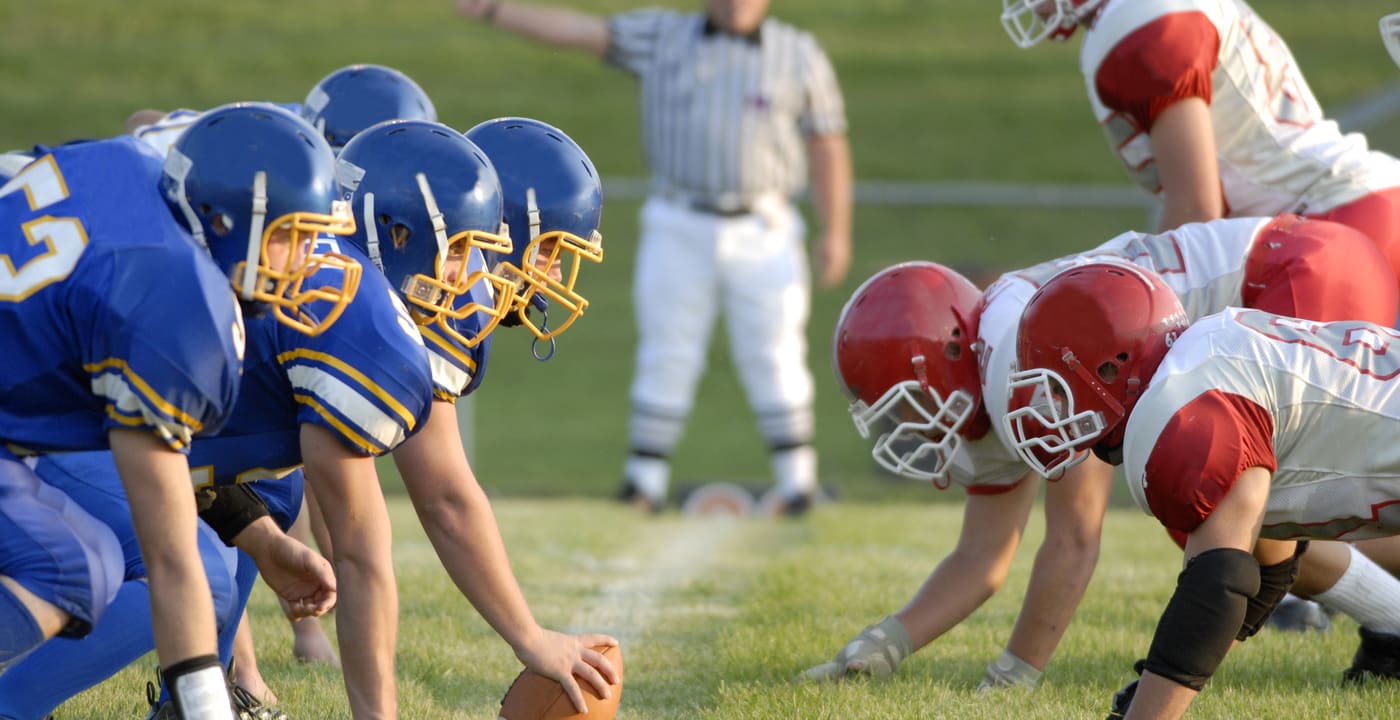Sports concussion program helps keep student athletes safe

On October 6, the Washington Interscholastic Activities Association released new return-to-play guidelines for high school sports that allow teams to begin practicing and competing on a limited basis.
For high school students playing contact sports, avoiding COVID-19 might be top of mind at the moment. But another risk is still just as significant as ever: head injuries on the field.
According to a 2012 study published in the American Journal of Sports Medicine, sports are second only to motor vehicle crashes as the leading cause of concussions among individuals 15 to 24 years of age, and an athlete who has sustained a concussion is three times more likely to suffer another one. When a simple concussion is properly managed it is not fatal, but without the right care and precautions a concussion can lead to a brain injury. Statistics published by Stanford Children’s Health show that brain injuries cause more deaths than any other sports injury.
The Lystedt Law
The choices made immediately after a concussion occurs can determine life or death and whether a player will recover fully.
In October 2006, 13-year-old football player Zack Lystedt hit his head when making a tackle. After holding his head in pain and taking an injury timeout, Zack returned to play a few minutes later without anybody realizing that he had sustained a concussion. After the game, Zack collapsed and was airlifted to Harborview Medical Center, where he spent seven days on a ventilator, experienced numerous strokes, and was in a coma for three months. It took Zack nine months to relearn how to speak and years to walk again.
To better protect other student athletes, in 2009 the State of Washington passed the Lystedt Law, which requires any youth showing signs of a concussion to be examined and cleared by a licensed healthcare provider trained in the evaluation and management of sports-related concussions.
MultiCare sports concussion program
Luckily, student athletes in the South Puget Sound have access to high-quality specialized care for concussion prevention and treatment.
The MultiCare Sports Concussion Program is the only program in the South Puget Sound area to focus on treating children and young adults. It brings together the expertise of sports medicine doctors, athletic trainers, physical therapists, and pediatric neurology and neuropsychology specialists to provide services such as:
- Baseline concussion testing for athletes in contact sports to better evaluate the severity and scope of a concussion if one does occur.
- Acute management of concussions on the field.
- Post-concussion rehab.
- Medical management of concussions.
- Computerized neurocognitive assessment.
- Case collaboration with community physicians.
The importance of proper concussion care
The first step after a possible concussion should be proper diagnosis and treatment by a specialist, says Jason Berglund, Olympic Sports & Spine Athletic Training Program Manager.
“As an injury to the brain, a concussion might not be something you can physically see but there is damage done. There are so many different areas that a provider needs to be trained in to safely help an athlete return to play, work, and regular function—from cognitive to vestibular to cervical,” he says.
Because the brains of adolescent athletes are still developing, it can take longer to recover from a concussion. Even after symptoms disappear and an individual feels normal, recovery might not be complete. And if a student athlete returns to play too soon, he or she is at higher risk of getting another concussion and experiencing even more significant problems, such as permanent brain damage.
Safely returning to play and studies
Once a student athlete has been evaluated by a member of the MultiCare Sports Concussion Program, the team works together to get the athlete back to regular functioning as quickly and safely as possible while ensuring they are continuing to heal, says Berglund.
“Our athletes are students first. So we get them back into classroom learning, then back onto the sports field so they can move ahead safely with what they want and need to do in all aspects of their lives,” he says.



